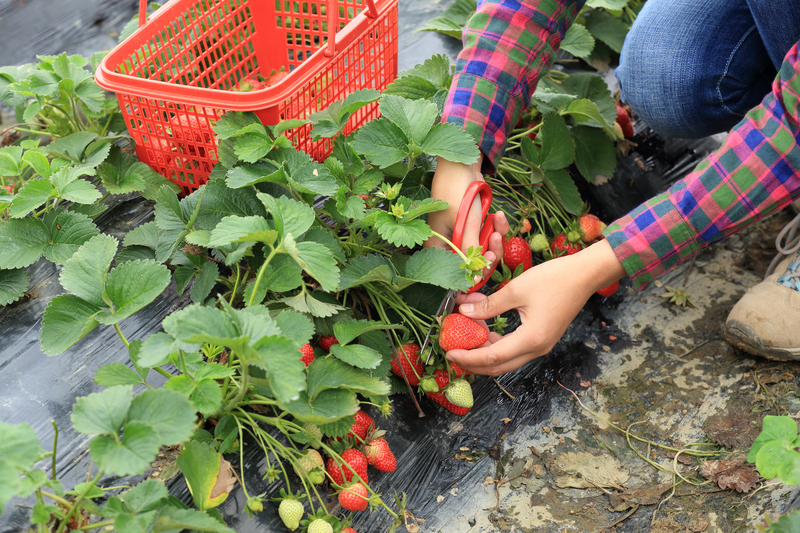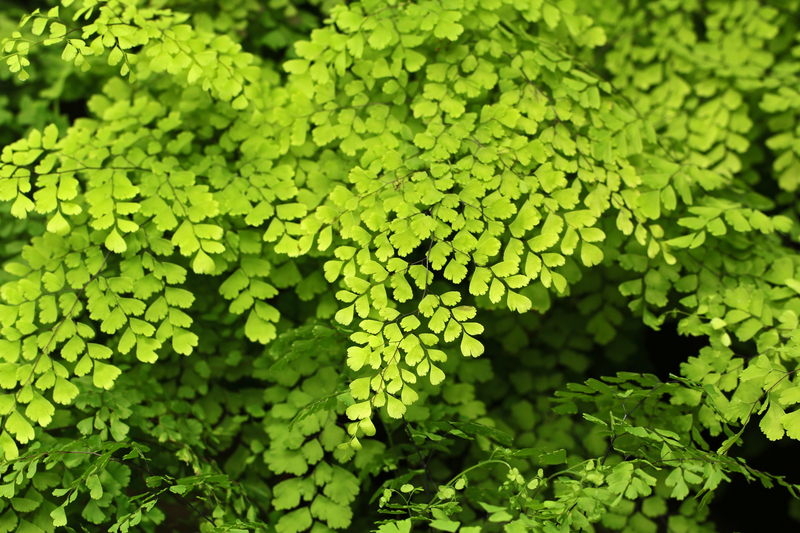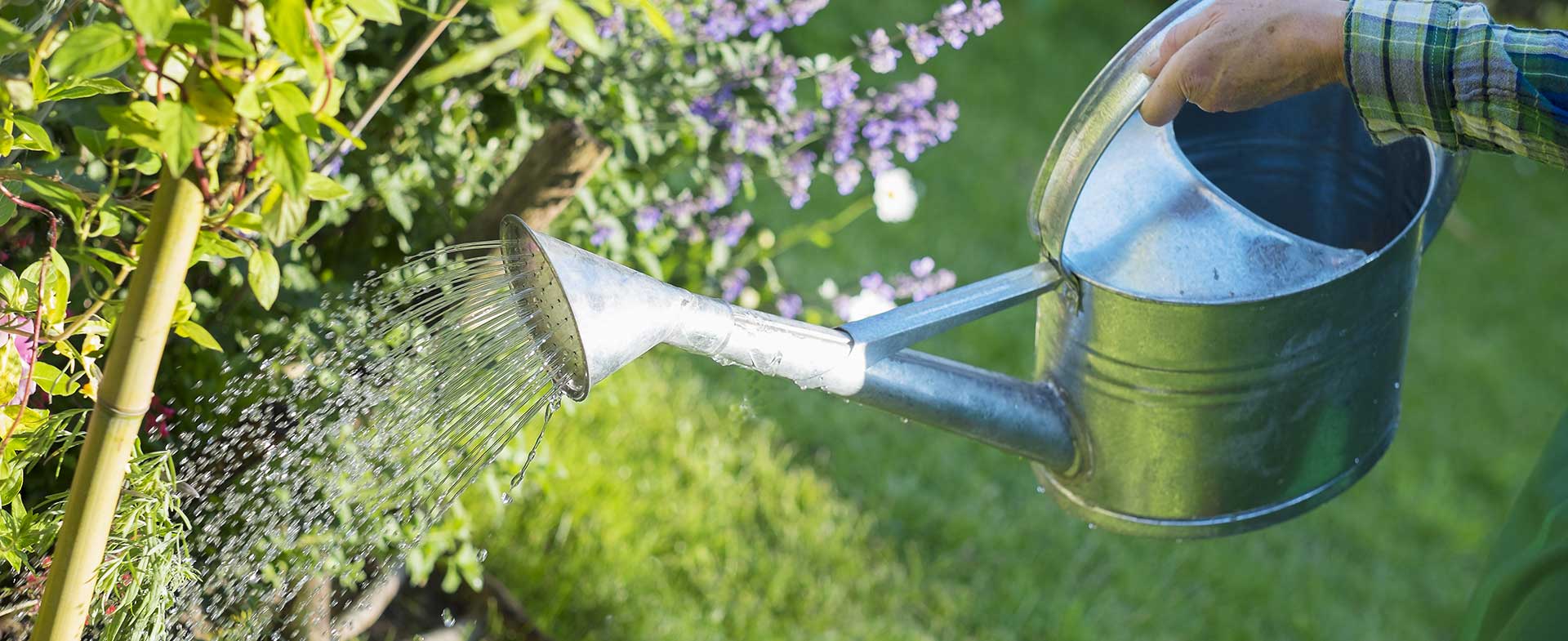Balancing Horticulture and Canine Safety
Posted on 23/06/2025
Gardening is a joy for millions of people worldwide, and so is sharing our lives and yards with our beloved canine companions. However, ensuring that your horticultural passions harmonize with the safety of your dogs demands careful forethought and knowledge. Whether you're an avid gardener, a new dog owner, or both, this guide explores the art and science of balancing horticulture and canine safety--ensuring your garden flourishes without putting your pooches at risk.
Why Balancing Horticulture and Pet Safety Matters
Dogs are curious by nature. Their instinct to sniff, dig, chew, and even taste everything in their environment means that your garden--if not properly planned--could pose potential health hazards. Many beautiful landscape plants, fertilizers, pesticides, and gardening tools can be toxic to dogs or lead to accidents.
Understanding how to balance gardening and dog safety not only protects your four-legged friends, but also allows you to cultivate a worry-free oasis. With a little planning, you can create a beautiful garden that's as inviting for pets as it is visually pleasing.
Common Dangers in Home Gardens for Dogs
- Toxic plants and shrubs that might cause poisoning
- Chemical fertilizers and pesticides that can sicken dogs
- Sharp garden tools and materials like stakes, nettings, or wires
- Unsafe mulch (like cocoa mulch, which is toxic to canines)
- Pond chemicals or algae, hazardous if ingested
- Invasive insects or mushrooms that may threaten dog safety
Balancing horticulture with canine health starts with identifying these threats and planning ways to mitigate risk.

Toxic Garden Plants: What Every Dog Owner Should Know
Not all plants are created equal when it comes to pet safety. While many are harmless, some can pose grave risks to curious dogs. Here's a closer look:
Common Toxic Plants for Dogs
- Lilies (some varieties can cause vomiting, kidney failure)
- Foxglove (can affect heart function)
- Oleander (extremely toxic, impacts the heart)
- Daffodils and Tulips (bulbs can cause severe stomach upset)
- Azaleas and Rhododendrons (even small amounts can poison dogs)
- Sago Palm (lethal, especially seeds)
- Yew, Ivy, and Autumn Crocus
Tip: Always check the ASPCA's list of toxic and non-toxic plants for dogs before adding new green life to your space.
Safe Alternatives for Dog-Friendly Gardens
- Marigolds (Tagetes): Provide color and are dog-safe
- Sunflowers (non-toxic, bright, and cheerful)
- Snapdragons (safe and easy to grow)
- Rosemary and Basil (aromatic, culinary, and safe for pets)
- Camellias and Spider plants
- Certain types of Ferns and Bamboo
When in doubt, consult a horticulture expert or canine safety organization before planting.
Dog-Proofing Your Garden Design
Beyond plants, gardening involves structural elements that can pose risks. So, how do you design a garden that's both beautiful and safe for dogs?
1. Create Dog-Friendly Zones
- Set aside a dedicated dog run or play area with resilient grass or mulch (avoid cocoa mulch!)
- Use sturdy, non-toxic fencing or hedging to keep dogs out of prized beds
- Incorporate safe digging pits to channel digging instincts away from garden beds
2. Safe Pathways and Surfaces
Stone, brick, or gravel paths are ideal for doggy paws and reduce mud tracking. Avoid sharp-edged gravel and slippery surfaces, and make sure sidewalks are even to prevent injuries.
3. Elevated or Raised Beds
Raised beds are a smart solution for dog-safe gardening. They protect delicate plants from trampling and reduce the risk of dogs chewing on hazardous flora. Use non-treated wood or metal and secure all edges to avoid injuries.
4. Fencing and Barriers
- Opt for fencing that's tall and secure enough to keep your dog out of restricted areas
- For diggers, bury wire mesh underneath fences
- Natural barriers, such as shrubs (non-toxic!), create boundaries while enhancing appeal
Avoiding Chemical Hazards in the Dog-Friendly Garden
Many gardeners use fertilizers, pesticides, and herbicides to encourage plant health and keep pests at bay. However, these can be dangerous for canines--either through ingestion, skin contact, or paws tracking substances indoors.
Dog-Safe Alternatives to Common Garden Chemicals
- Use natural compost instead of chemical fertilizers
- Try neem oil or insecticidal soap for pest control
- Hand-weed or use mulch to deter weeds instead of herbicides
- If you must use chemicals, strictly follow application instructions and prevent pet access until areas are completely safe
Pro tip: Label all products and keep containers far out of reach of pets.
Seasonal Considerations: Managing Horticulture and Dog Safety Year-Round
Spring and Summer: Growth and Activity
- Beware of increased fertilizer and pesticide use
- Puppies and adult dogs are more active, so supervise time spent in new garden growth areas
- Be vigilant about ticks, fleas, and other pests seeking shelter in lush gardens
- Ensure constant water supply and shelter from summer heat
Fall: Leaves, Mulching, and Cleanup
- Some mulches, such as cocoa bean shell mulch, are extremely toxic to dogs--always use pine, cedar, or rubber mulch in dog zones
- Watch for wild mushrooms, which can appear during wet autumns and pose poisoning risks
- Leaves and plant debris can conceal sharp objects or toxic plant matter, so routine raking is essential
Winter: Dormancy and Potential Hazards
- De-icing chemicals can stick to paws and be ingested--use pet-safe alternatives
- Cover or remove any remaining chemical containers, as curious dogs may dig or chew on them
- Ensure raised beds and fencing are winterproof to prevent collapse or exposure
Training and Supervision: A Critical Layer of Defense
No amount of garden planning can replace the value of dog training and supervision. Teach your dog basic garden rules using positive reinforcement:
- Train commands like "leave it," "stay," and "no digging"
- Reward good behavior and redirect unwanted behavior gently
- Supervise outdoor play, especially in new garden zones or after introducing new plants
Supervision is especially vital for puppies and new rescues; even the safest yards can harbor unexpected dangers.
Essential Emergency Preparedness
Know the Signs of Plant or Chemical Poisoning in Dogs
- Vomiting or diarrhea
- Excessive drooling
- Fatigue or weakness
- Tremors, seizures, or loss of coordination
- Unusual swelling or irritation around the mouth
If you suspect your dog has ingested something dangerous, immediately contact your veterinarian or animal poison control. Keep important numbers visible near your phone and maintain a record of all garden chemicals and plants for reference in emergencies.
First Aid Kit Essentials for Gardeners with Dogs
- Hydrogen peroxide (only for inducing vomiting as per vet's advice!)
- Saline solution for eye or wound irrigation
- Bandages and gauze
- Tweezers (for removing thorns or ticks)
- Updated medical records
- Emergency contacts for vet and animal poison control

Creating a Sensory Garden to Enrich Your Dog's Life
Balancing horticulture and dog safety can mean more than just preventing risks--it's an opportunity to enrich your pet's senses and well-being!
- Dog-safe herbs such as parsley, mint, and thyme offer new scents and tastes
- Soft ornamental grasses are ideal for sniffing and lying on
- Water features (shallow and dog-safe) can provide refreshment and play opportunities
- Interactive elements like tunnels (from willow or non-toxic materials) and agility features keep pets engaged
Including your canine in the garden experience strengthens your bond and allows both flora and fauna to thrive in harmony.
Conclusion: Cultivating Harmony Between Garden and Canine
Mastering the balance between horticulture and canine safety is a rewarding journey that benefits the entire household. By choosing non-toxic plants, adopting smart landscape designs, using pet-safe gardening practices, and maintaining vigilant training and supervision, you can ensure that your garden grows beautifully--and your cherished dog enjoys every moment outdoors, safe and sound.
Ready to embark on your own journey balancing gardening and dog protection? Start with a careful audit of your current garden, consult trusted resources, and let your passion for both plants and pups flourish. A well-planned garden is not just possible--it's a joyful reality!
Frequently Asked Questions: Balancing Horticulture with Dog Ownership
- Can I have a beautiful garden and keep my dog safe?
Absolutely! Prioritize non-toxic plants, use barriers, and maintain supervision. Many stunning gardens are also dog-friendly. - What should I do if my dog eats a plant?
Identify the plant immediately, watch for symptoms, and call your veterinarian. - Are there any must-avoid mulches for dogs?
Cocoa mulch is particularly dangerous. Pine, cedar, and rubber are safer options. - Can I use compost with dogs in the yard?
Homemade compost is generally fine, but avoid adding food scraps that mold or attract pests.
Every garden can be a safe, joyful haven for dogs and people alike. Happy gardening!

